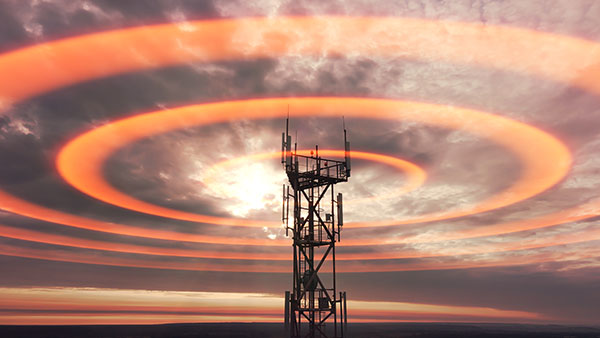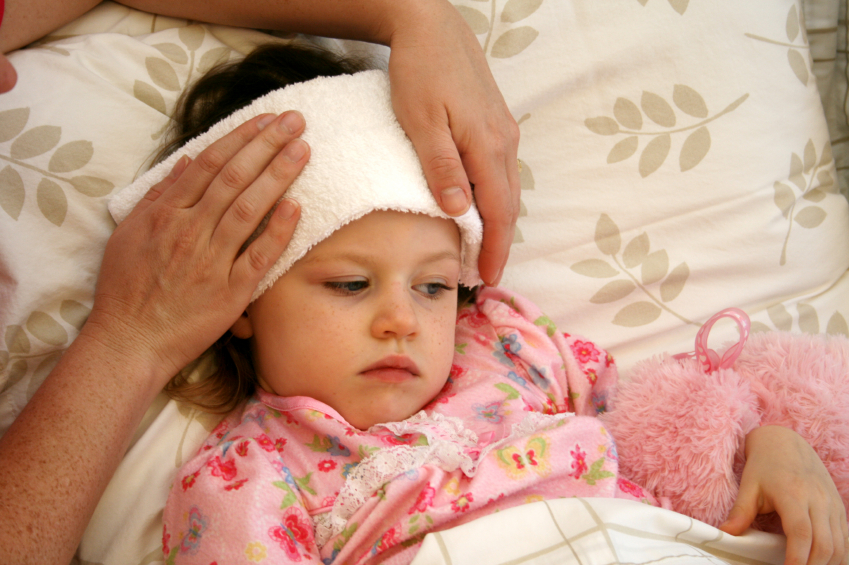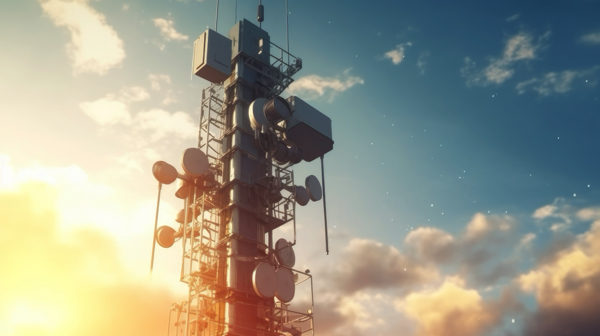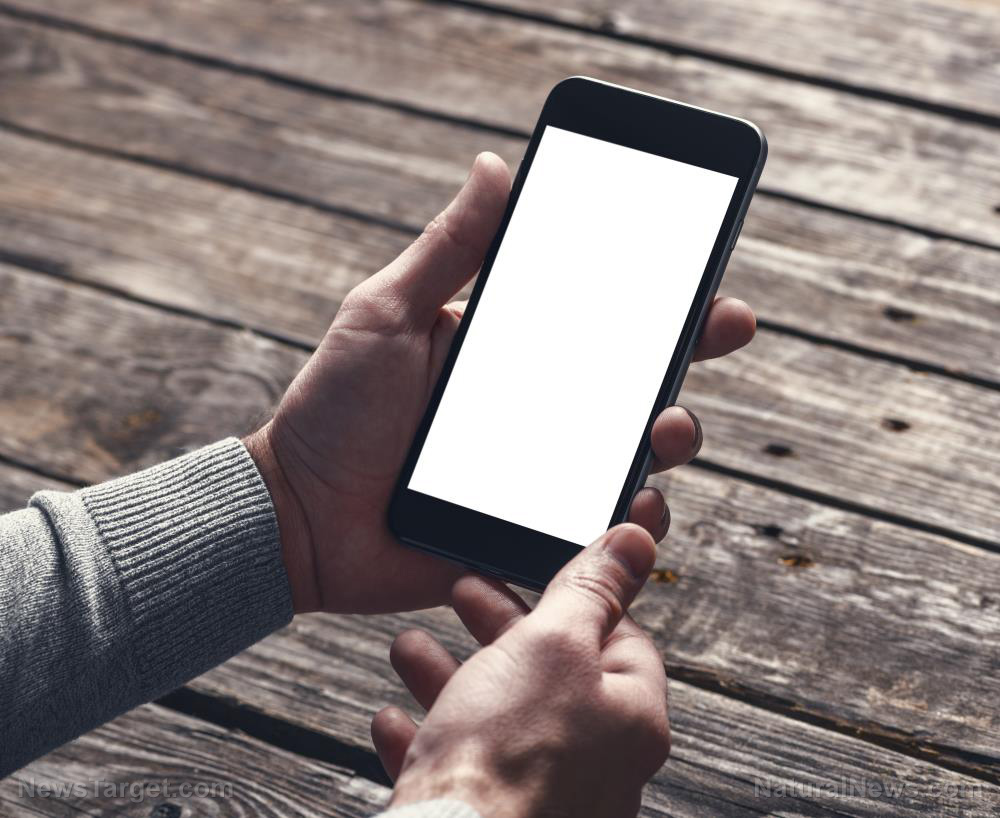Man sues Verizon as its Idaho cell tower emitted RF radiation that he claims triggered his heart disease
12/17/2023 / By Belle Carter

A 53-year-old man from Idaho has sued Verizon and other companies involved in the operation of the radiofrequency radiation-emitting cell tower installed next to his home which triggered more than 15 episodes of atrial fibrillation, a condition when the heart’s natural pacemaker can no longer control the rhythm of the heart that causes one to have a highly irregular pulse rate.
The lawsuit, funded by Children’s Health Defense (CHD) and filed in the U.S. District Court for the District of Idaho Southern Division was of Henry “Hank” Allen, who said his electromagnetic sensitivity (EMS) makes him vulnerable to life-threatening cardiac episodes. His heart condition episodes began in April 2021, when the telecommunication company activated the tower.
“It’s becoming really clear that this massive deployment of wireless technology everywhere is functionally prohibiting a large number of people from being able to participate in society or even live safely in their own homes,” W. Scott McCollough, lead litigator for CHD’s Electromagnetic Radiation (EMR) and Wireless cases, told the Defender. “This case is designed to recognize the fact that wireless technology does indeed make a lot of people sick, and also to give them some much-needed relief.”
CHD and Allen also sued Horizon Tower LLC, which owns and operates the tower and telecommunication providers AT&T and Dish Wireless, which also own and operate equipment at the tower site. The case provided that the high levels of radiofrequency (RF) radiation emitted by the tower also exacerbated Allen’s other EMS symptoms, including tinnitus, extreme fatigue, impaired memory and vision, sleep disruption, and flu-like symptoms. The complaint also said Allen lives and works in constant fear for his health and his very life because of the constant RF exposure he is subjected to. The defendants allegedly “refuse to recognize the federal disability laws that would solve the conflict.”
Allen was diagnosed with EMS in 2014 while working as a licensed general contractor in California on job sites with high RF radiation. So, he and his family decided to relocate to a small farm in Idaho roughly two miles away from a cell tower, changing his career to minimize his exposure to RF radiation by getting licensed as a real estate broker and working from his home, which he hardwired for internet access. All went well until Verizon built a cell tower next to his property. Shortly after, his health “took a dramatic downturn” as he suffered atrial fibrillation and was rushed to the emergency room “unsure whether he would live,” the complaint indicated. In March 2022, he had cardiac ablation, an invasive heart surgery, to treat the recurrent heart rhythm problems. But the telcos in 2022 added additional antennas to the tower. Allen has “exhausted all available self-help options,” including painting his house with RF-blocking paint, tinting the windows with RF-blocking tint, utilizing wire screens and wearing special clothing that blocks RF.
The Defender wrote that EMS, also called electromagnetic hypersensitivity (EHS) or microwave syndrome, is the medical term for a federally recognized condition, which is protected under the Americans with Disabilities Act (ADA) in which individuals suffer adverse health effects due to electromagnetic field (EMF) exposure. According to publicly available data, up to 30 percent of the American population experiences mild EHS, 1.5 to five percent have moderate cases of the condition, approximately 1.5 percent suffer severe cases like Allen’s, and approximately 0.65 percent cannot work at all because of their disability.
In a press release, McCollough said that federal courts must apply federal disability laws to protect people disabled by RF radiation coming from cell towers. “If Hank’s case is successful, the court will either remove the tower or otherwise order the telecom defendants to modify their operations to not so intensively beam RF radiation through Hank’s home so he can live in peace,” the lawyer added.
Residents didn’t want tower in the first place
A planning commission in Ada County granted Horizon a conditional use permit to construct the tower in 2018, the complaint says. However, residents told their representatives that extra communications infrastructure was not necessary. Elected Ada County representatives voted to overrule the commission and deny Horizon’s permit application. The company appealed and Ada County settled the dispute by reinstating the conditional use permit. The tower and its first antennas were built in 2020 and 2021 and RF began transmitting from the tower in March 2021. (Related: Verizon, AT&T set to activate thousands of new 5G towers, creating health, aviation concerns.)
The said case is the first in a series of strategic cases that CHD will fund later this year and in 2024 on behalf of individuals with EMS, according to the Director of CHD’s EMR program Miriam Eckenfels-Garcia. “In these lawsuits, we are leveraging federal disability laws to petition for reasonable accommodation for clients that have been disabled by RF radiation coming from a cell tower near them,” she said, adding that the cases are also testing whether the ADA can be used “as an effective means to push back against the uncontrolled rollout of wireless infrastructure.”
McCollough said these cases are significant because the number of people affected by EHS is substantial. “We’re talking millions of people and hundreds of thousands for whom it just ruins their lives completely. The numbers are such that, frankly, we expect to find that it overwhelms the people who are already disabled by other causes,” he stated and pointed out that people disabled by EHS must also be accommodated under the ADA.
Visit RadiationScience.com for more stories related to radioactive substances in the atmosphere.
Sources for this article include:
Submit a correction >>
Tagged Under:
, 5g, ADA, AT&T, atrial fibrillation, cardiac issues, cell tower, Dish Wireless, electromagnetic sensitivity, EMF, EMS, extreme fatigue, flu-like symptoms, Glitch, health problems, health risks, heart health, Idaho, impaired memory and vision, microwave syndrome, radiation, radiation science, radiofrequency radiation, rf, RF radiation, risk, sleep disruption, technology, telecommunications, tinnitus, Verizon, wireless technology
This article may contain statements that reflect the opinion of the author
RECENT NEWS & ARTICLES
COPYRIGHT © 2017 RADIATION SCIENCE



















